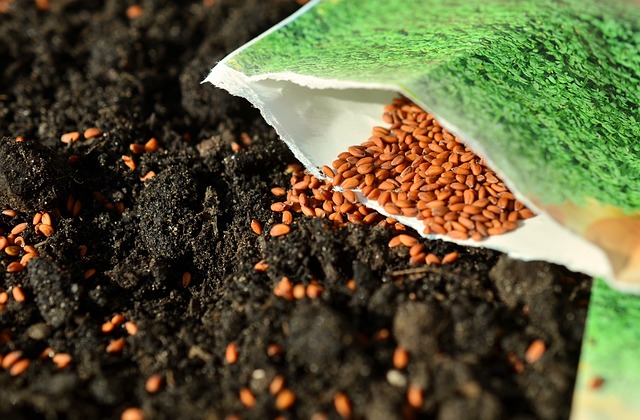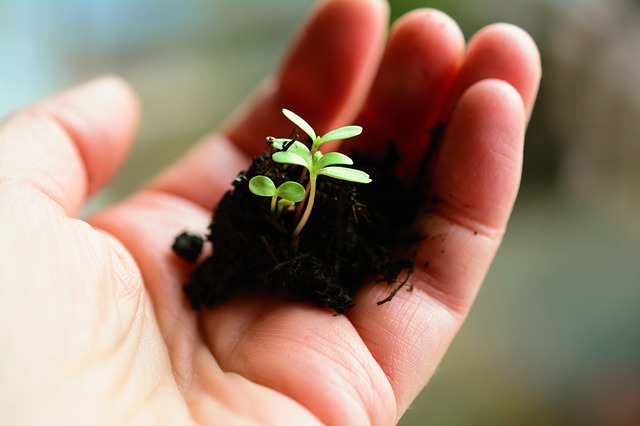If you like gardening, you know how good it feels to grow your own fruits, vegetables, herbs, or flowers. The problem is that even if this activity is your hobby, you can\’t do it because you live in an apartment and don\’t have a garden where you can use your hidden talents. But you are wrong! You can garden on your balcony.

The key, of course, is to decide what you want to grow. In other words, do you want an oasis of flowers or do you want to grow food? In fact, this fact will determine the layout of your balcony. Before you begin, it is a good idea to determine your position on the balcony and identify where you will or will not be exposed to the sun, which side of the balcony you will be facing, and whether or not it will rain. Let\’s focus a little on the aforementioned direction, which determines what you can grow here. If your balcony faces north, you won\’t have much luck. For example, you can grow chives, lemon balm, mint, and parsley leaves. However, if you are determined to grow strawberries, they may grow back, but they will not be red and sweet if they do not get enough sun. The east side is also suitable for planting herbs. This is because it is suitable for plants that prefer a warmer climate, such as tomatoes, peppers, strawberries, eggplant, lavender, and Mediterranean herbs such as thyme, rosemary, or sage.
The choice of container for planting is entirely up to you. There are many different types of pots, boxes, planters, etc. Make sure, however, that the plants have enough space. More important, however, is when you plant them. For example, if you want to grow tomatoes or peppers, remember that you must first grow these plants in a warm environment at home; a windowsill that is bright for at least 10 hours a day will do the trick.
Then move the seedlings outdoors, usually in mid-May, to prevent them from being killed by frost. You also need to choose the right soil according to the plants\’ preferences. Some like acidic soil, while others prefer sandy soil. At this stage, remember to water regularly, check for pests, and fertilize if necessary.
